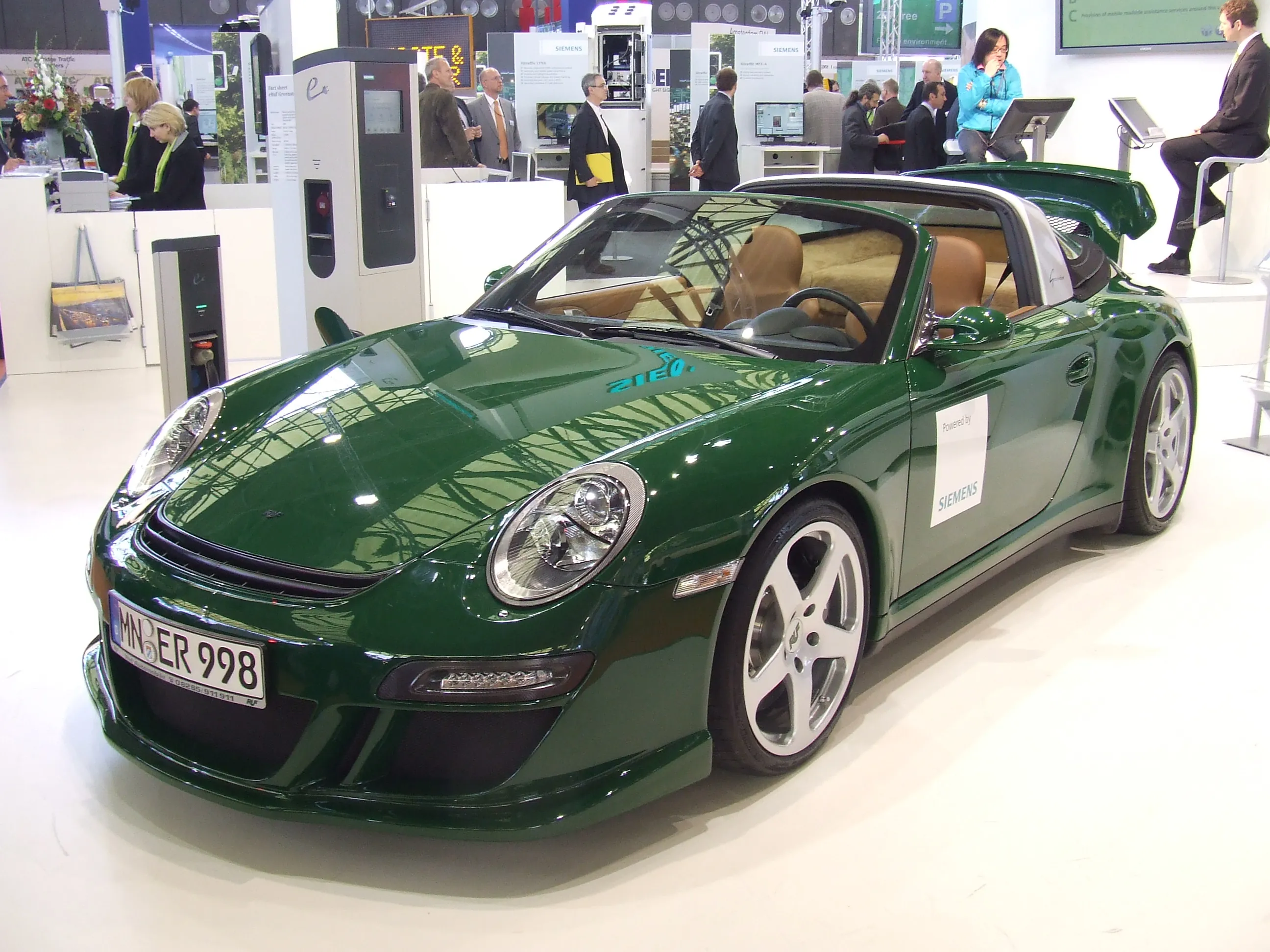A new move by the US Department of Transportation’s National Highway Traffic Safety Administration (NHTSA) could see hybrid and electric vehicles being required to meet minimum sound emissions standards. This would be so as to help make pedestrians more aware of the approaching vehicles and follows on from a Japanese study into the prevalence of accidents involving hybrid vehicles with pedestrians in urban areas. “Safety is our highest priority, and this proposal will help keep everyone using our nation’s
January 10, 2013
Read time: 3 mins

A new move by the 2364 US Department of Transportation’s 2467 National Highway Traffic Safety Administration (NHTSA) could see hybrid and electric vehicles being required to meet minimum sound emissions standards. This would be so as to help make pedestrians more aware of the approaching vehicles and follows on from a Japanese study into the prevalence of accidents involving hybrid vehicles with pedestrians in urban areas.
“Safety is our highest priority, and this proposal will help keep everyone using our nation’s streets and roadways safe, whether they are motorists, bicyclists or pedestrians, and especially the blind and visually impaired,” said US Transportation Secretary Ray LaHood.
As electric and hybrid vehicles are quieter at low speeds, their approach is difficult to detect aurally. This is a particular issue for the blind, although many pedestrians also rely heavily on sound rather than using visual means to scan for approaching vehicles, before stepping into the roadway. The issue has come as something of a surprise to many extolling the virtues of electric and hybrid vehicles and who have either ignored or failed to understand the risks posed by the far lower sound emission levels.
But the proposed standard, Federal Motor Vehicle Safety Standard N. 141, would fulfill a mandate in the Pedestrian Safety Enhancement Act that hybrid and electric vehicles meet minimum sound requirements. This would ensure pedestrians are able to detect the presence, direction and location of these vehicles when they are operating at low speeds. “Our proposal would allow manufacturers the flexibility to design different sounds for different makes and models while still providing an opportunity for pedestrians, bicyclists and the visually impaired to detect and recognize a vehicle and make a decision about whether it is safe to cross the street,” said NHTSA Administrator David Strickland.
The sounds would need to be detectable under a wide range of street noises and other ambient background sounds when the vehicle is traveling under 29km/h. At speeds of 29km/h and above, vehicles make sufficient noise to allow pedestrians and bicyclists to detect them without added sound. Each vehicle manufacturer would have a significant range of choices about the sounds it chooses for its vehicles, but the characteristics of those sounds would need to meet certain minimum requirements. In addition, each vehicle of the same make and model would need to emit the same sound or set of sounds.
NHTSA estimates that if this proposal were implemented there would be 2,800 fewer pedestrian and pedalcyclist injuries over the life of each model year of hybrid cars, trucks and vans and low speed vehicles, as compared to vehicles without sound.
“Safety is our highest priority, and this proposal will help keep everyone using our nation’s streets and roadways safe, whether they are motorists, bicyclists or pedestrians, and especially the blind and visually impaired,” said US Transportation Secretary Ray LaHood.
As electric and hybrid vehicles are quieter at low speeds, their approach is difficult to detect aurally. This is a particular issue for the blind, although many pedestrians also rely heavily on sound rather than using visual means to scan for approaching vehicles, before stepping into the roadway. The issue has come as something of a surprise to many extolling the virtues of electric and hybrid vehicles and who have either ignored or failed to understand the risks posed by the far lower sound emission levels.
But the proposed standard, Federal Motor Vehicle Safety Standard N. 141, would fulfill a mandate in the Pedestrian Safety Enhancement Act that hybrid and electric vehicles meet minimum sound requirements. This would ensure pedestrians are able to detect the presence, direction and location of these vehicles when they are operating at low speeds. “Our proposal would allow manufacturers the flexibility to design different sounds for different makes and models while still providing an opportunity for pedestrians, bicyclists and the visually impaired to detect and recognize a vehicle and make a decision about whether it is safe to cross the street,” said NHTSA Administrator David Strickland.
The sounds would need to be detectable under a wide range of street noises and other ambient background sounds when the vehicle is traveling under 29km/h. At speeds of 29km/h and above, vehicles make sufficient noise to allow pedestrians and bicyclists to detect them without added sound. Each vehicle manufacturer would have a significant range of choices about the sounds it chooses for its vehicles, but the characteristics of those sounds would need to meet certain minimum requirements. In addition, each vehicle of the same make and model would need to emit the same sound or set of sounds.
NHTSA estimates that if this proposal were implemented there would be 2,800 fewer pedestrian and pedalcyclist injuries over the life of each model year of hybrid cars, trucks and vans and low speed vehicles, as compared to vehicles without sound.









